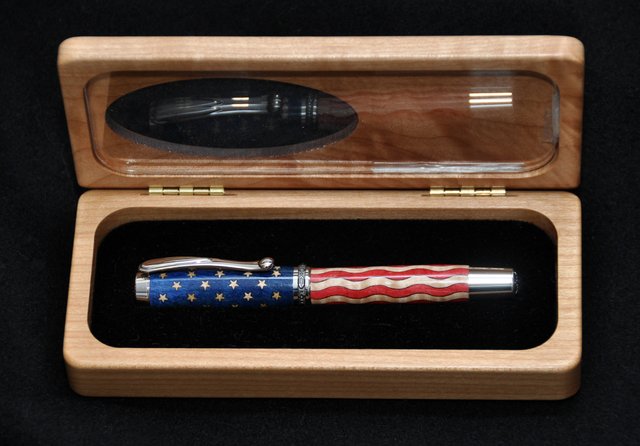Business Hacks: How to Sell Anything and Gain Customers
![OM12M11-[Converted].png](https://steemitimages.com/DQmeUMBM5JfhjZWVeiWYpwgi4DAf9AwsTqoS7PQ2Y1aiKvu/OM12M11-%5BConverted%5D.png)
In the business world, there are countless persuasion techniques one can employ to sell their products or services. However, the single most important concept to realize is that people buy something only when they believe they need it.
Create a need
The most important tip on how to sell something, anything, is to first create a need for it. Simply announcing a list of benefits will be of no use if the customer already has a similar product and is satisfied with it, or finds this product useless altogether.
In a more precise definition, marketing creates “wants” that respond to pre existing “needs”. It identifies human needs such as food, shelter, love, belonging, security, self-esteem, and creates potential solutions that will satisfy those needs. When a buyer obtains a product, they are buying a solution to their need, and not the actual product.
You know this “sell me this pen” question interviewers do to check on your selling skills? If you start of with “this pen writes beautifully, the ink does not smudge and it lasts a long time”, it will be of no use if the prospective buyer replies with “well, thanks, but I have tons of pens in my drawers!”
Use the information you have about your customer through visual and other cues and even ask direct questions to determine what is missing from the customer’s experience, and whether that missing piece is important to them. If their main need is to look professional, you can stress that they will no longer get into awkward situations in meetings where their pen doesn’t write properly or it smudges the paper. This ink dries on time and runs smoothly on most surfaces! If their aim is to look unique, you can mention that this pen will add to their signature style and brand image, and if their concern is efficiency and cost balance, you can stress that this one pen will easily replace the five boxes of pens they order each month because it is durable and can be refilled.
image credit
Personalize your service
Remember that the customer’s needs are not necessarily your needs and something that appeals to you might not appeal to them. Say that you want to sell trainers with the newest shock-absorbing technology. If your customer is not a professional runner, they will most likely dismiss this option if you simply tell them that they are better than their regular trainers. They can’t afford to pay triple for something they don’t plan on doing. “I only go to the gym twice a week, so I don’t find it necessary”, they’ll say. But what if they find the shock-absorbing material useful for their long-standing work shifts, or as an aid to recover from their recent knee operation?
Brainstorming and thinking out of the box will help you here. The use of an object might not be only what their primary purpose was designed to be. Chances are that your customers are willing to buy something since they are already in your store. Perhaps they have an idea; perhaps they just felt like shopping today. You just have to help them know what is that they need exactly and why it is better than other choices for them.
The key to find what the customer really needs is engage with them, ask questions and listen to what they have to say. Then recommend items according to their needs. No one wants to be treated like a mass sales customer with no individual needs and preference. We have all been to that store where we try something on and it obviously looks terrible, but the sales assistant still tries to convince us it looks so very flattering, with a fake smile and excitement. Don’t do that. You will lose your customers’ trust in a second!
image credit
Be honest and inspire loyalty
Your aim is not to trick the customer to buy something that doesn’t suit their current needs. In this case, you will both lose. They will be dissatisfied and they will most likely never visit your store or request your service again. There are so many stores, so many businesses around, that in order to stay competitive your customer’s experience rating must be way above “ok I guess”. Population is finite and you will not be getting new customers all the time. It is an old business adage that 80% of your customers produce 20% of your business. You need to be able to create trust and loyalty among your existing customers before you seek new ones.
For instance, don’t sell a piece of clothing with winter insulation if they specifically ask you for a light spring/summer piece, even if this means you are going to lose the sale because you are out of stock. If the customer gets uncomfortably hot, they might not even realize that they have bought an item for the wrong season or that your brand has alternatives. They will just associate your brand with being uncomfortable or not having enough variety, and they will have an everyday reminder for it. Don’t force something that the customers declare uncomfortable or not to their taste.
If you consider changing your prices, make sure you inform your existing customers of the change. This is particularly true of small independent businesses. Your customers will feel tricked and taken advantage of. If you must regulate your prices, do so with a plan, give time and have an explanation ready for your customers. If as a dentist you charge 50 dollars for a particular service and some random day you begin to charge 70 dollars without bothering to notify, you are more likely to lose several customers even if you are still cheaper than the rest of your colleagues!
In summary, “creating needs” does not mean tricking your customers into buying something that is not for them. You present an idea they might not have thought of before, and if the benefits overcome the costs, they will pay for it. But the promised results will have to be delivered.


